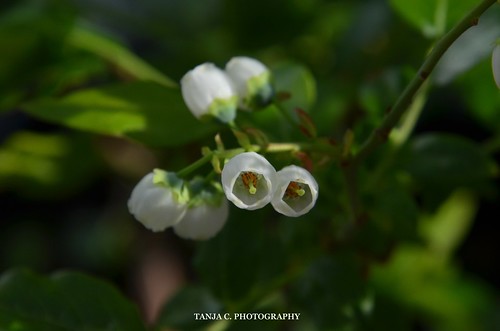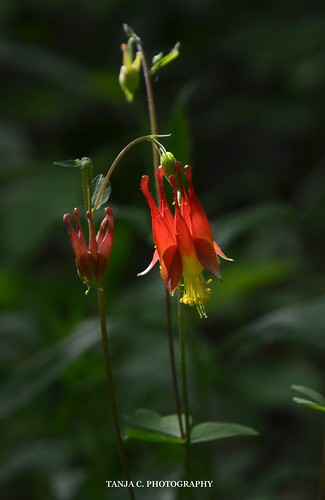🌶🥕🧅🥦🧄🌶🥕🧅🥦🧄🌶🥕🧅🥦🧄🌶🥕🧅🥦🧄🌶🥕🧅🥦🧄🌶🥕🧅🥦🧄🌶🥕🧅🥦🧄








1) Brown Jumping Spider; 2) Blueberry Blossoms; 3) Swiss Chard; 4) Bell Pepper; 5) Carrots; 6) Radish; 7) Curly Parsley; 8) Brown Jumping Spider
🌶🥕🧅🥦🧄🌶🥕🧅🥦🧄🌶🥕🧅🥦🧄🌶🥕🧅🥦🧄🌶🥕🧅🥦🧄🌶🥕🧅🥦🧄🌶🥕🧅🥦🧄
Tanja's Little Corner of The World
A Texas city girl in a small New England town …

🌶🥕🧅🥦🧄🌶🥕🧅🥦🧄🌶🥕🧅🥦🧄🌶🥕🧅🥦🧄🌶🥕🧅🥦🧄🌶🥕🧅🥦🧄🌶🥕🧅🥦🧄








🌶🥕🧅🥦🧄🌶🥕🧅🥦🧄🌶🥕🧅🥦🧄🌶🥕🧅🥦🧄🌶🥕🧅🥦🧄🌶🥕🧅🥦🧄🌶🥕🧅🥦🧄
🌸🌼🌷🌳🌹🌸🌼🌷🌳🌹🌸🌼🌷🌳🌹🌸🌼🌷🌳🌹🌸🌼🌷🌳🌹🌸🌼🌷🌳🌹🌸🌼🌷🌳🌹🌸












🌸🌼🌷🌳🌹🌸🌼🌷🌳🌹🌸🌼🌷🌳🌹🌸🌼🌷🌳🌹🌸🌼🌷🌳🌹🌸🌼🌷🌳🌹🌸🌼🌷🌳🌹🌸

World Donkey Day was created by Ark Raziq, a scientist whose focus is on desert animals. He realized that the hardworking donkey wasn’t being recognized for its efforts in building our society. Their input has improved the quality of life for people all around the world. He started by creating a Facebook group talking about the animal. In 2018, World Donkey Day was officially set up and it’s been celebrated every year since. Its purpose is to spread information about donkeys and how they impact human lives.
The modern donkey has two ancestors, both subspecies of the African wild ass, namely, the Somali wild ass and the Nubian wild ass. Current evidence suggests that donkeys have been working for humans for centuries. Donkeys are bred all around the world for their various uses. Donkeys helped build a society by providing energy before there was electricity or steam power. They can travel long distances, they are sturdy, somewhat self-sufficient, and they can bear some really harsh conditions.
These animals are respected and celebrated for their strength and diligence. They do not shy away from work. They are capable of pulling cargo for miles, which is where the idea of donkey pull carts comes from. They can work much longer and harder than most other animals. Their running speed can get up to 31 miles per hour. Their life span is between 50 to 54 years. They are considered a wonderful gift from nature. There are millions of donkeys all over the world and they have a significant impact.

A honey bee (also spelled honeybee) is a eusocial flying insect within the genus Apis of the bee clade, all native to Afro-Eurasia. After bees spread naturally throughout Africa and Eurasia, humans became responsible for the current cosmopolitan distribution of honey bees, introducing multiple subspecies into South America (early 16th century), North America (early 17th century), and Australia (early 19th century).
Honey bees are known for their construction of perennial colonial nests from wax, the large size of their colonies, and surplus production and storage of honey, distinguishing their hives as a prized foraging target of many animals, including honey badgers, bears, and humans hunter-gatherers. Only eight surviving species of honey bee are recognized, with a total of 43 subspecies, though historically 7 to 11 species are recognized. Honeybees represent only a small fraction of the roughly 20,000 known species of bees.
The best-known honey bee is the western honey bee, (Apis mellifera), which was domesticated for honey production and crop pollination. The only other domesticated bee is the eastern honey bee (Apis cerana), which occurs in South, Southeast, and East Asia. Only members of the genus Apis are true honey bees, but some other types of bees produce and store honey and have been kept by humans for that purpose, including the stingless bees belonging to the genus Melipona and the Indian stingless or dammar bee Tetragonal iridipennis. Modern humans also use beeswax in making candles, soap, lip balms, and various cosmetics, as a lubricant and in mold-making using the lost wax process.